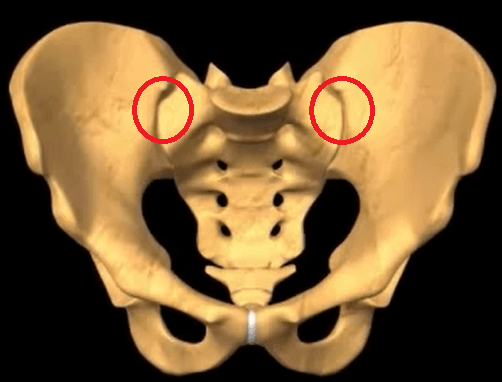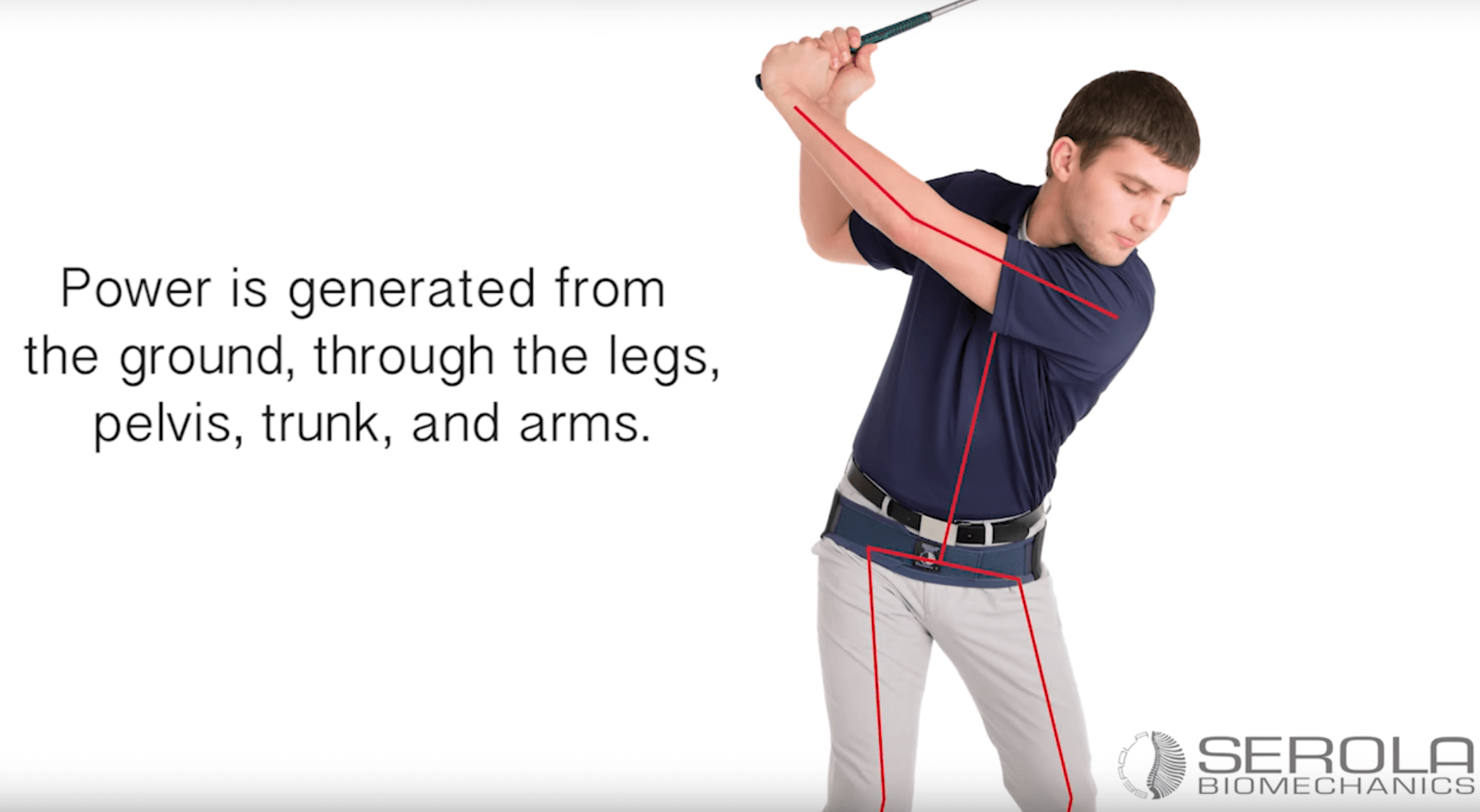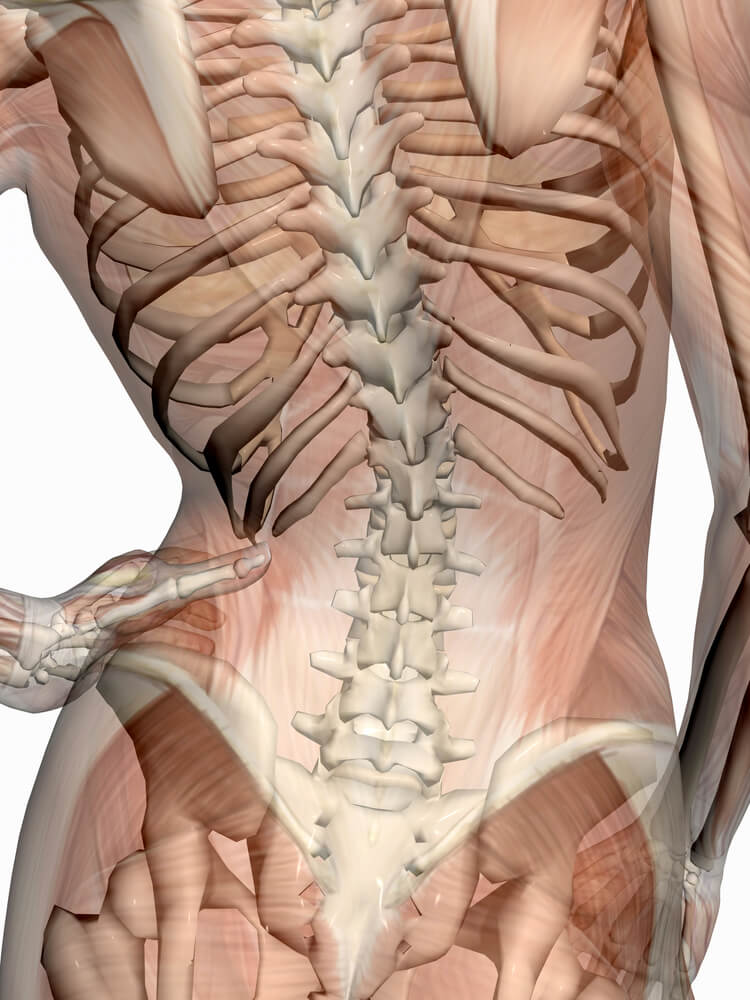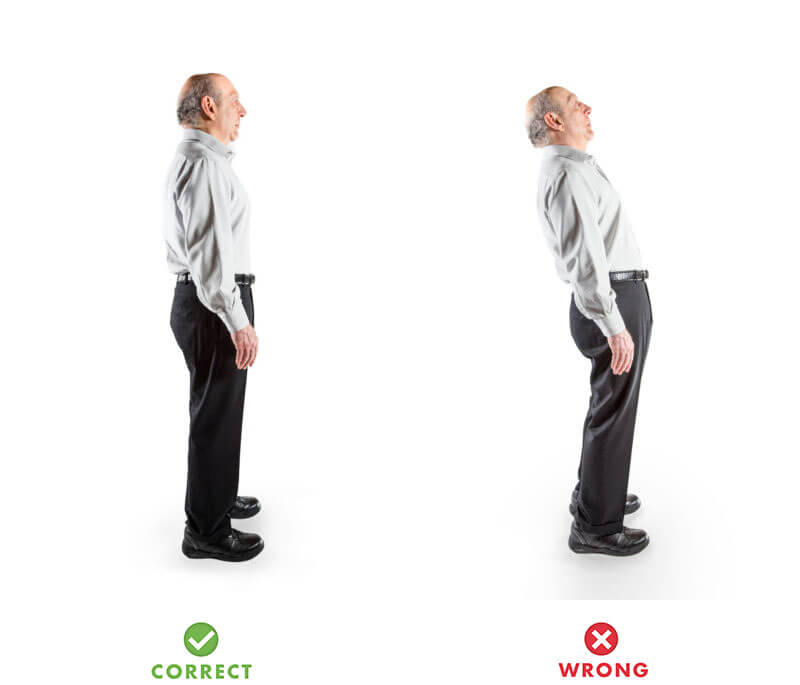
We are all familiar with the term “Core Muscles” but what is the core structure? In any joint, the structure is made up of the bones that the muscles attach to, and move. So, to understand the far-reaching scope of this concept, we have to look at which bones these core muscles attach to and what they are doing to the bones. All of the above muscles attach to the …



